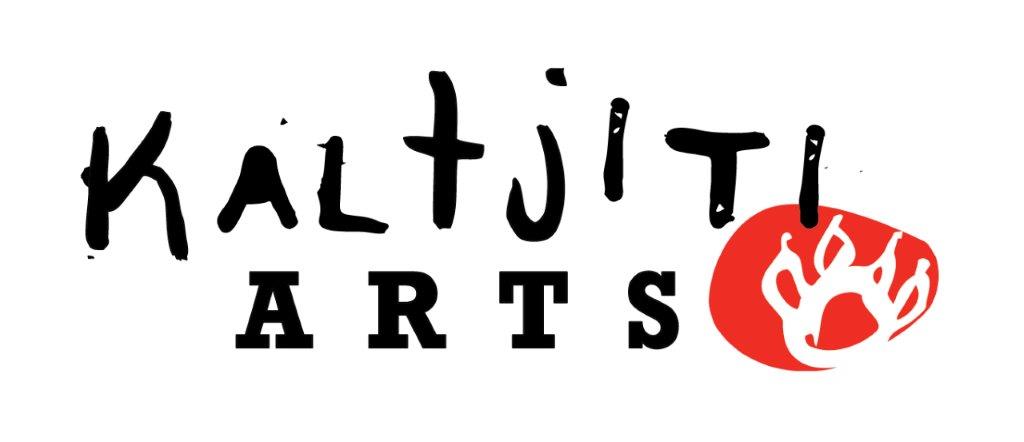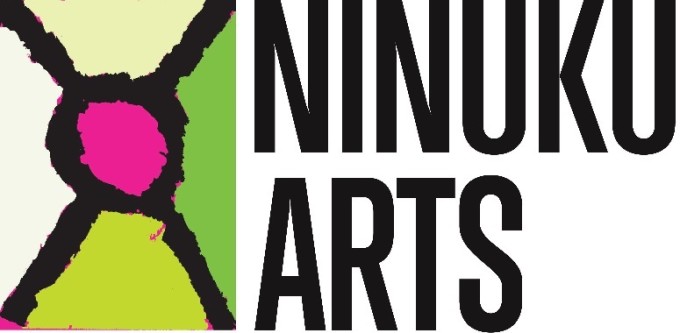Punu Ngura
2011
acrylic on linen
198 x 198
© The artist and Tjala Arts
This painting was developed as part of the Punu-nguru (From the trees) project, an idea that Mr Burton initiated and was shared with the old men. It was about holding onto and protecting the importance of their law. It was dedicated to the young people of Amata, the leaves.
‘Punu kutjupa anangu tjutaku Iriti nguru tjukurtjara tjana nganampa walytja munu nganampa wanka. Tjana Nganampa tjukurpa munu malatja malatjaku.’
‘The trees are different for Anangu. They are the ancestors, they are our family. They are our history and our future.’ - Mr Burton
Kunmanara (Hector Tjupuru) Burton
in collaboration with Kunmanara (Barney) Wangin
Kunmanara Burton born c.1937 west of Amata SA - died 2017
Mr Wangin born c.1939 – died 2012
Pitjantjatjara language group
Art Centre: Tjala Arts, Amata SA
Kunmanara Burton was born around 1937 in an area west of Amata. As a senior artist and lawman, he is revered as a caretaker of Anangu law and culture. This is conveyed in the stories he paints on canvas, especially the Anumara Tjukurpa – the creation story of the edible caterpillar and its associated ceremonies that also talks about kinship groups in the southern region.
Mr Wangin grew up in Pukutja when it was a mission and known as Ernabella. After he left school he went to work as a 'horseman' at Kenmore Park, a cattle station not far from Pukutja, and also worked as a shearer at Pukutja. He moved to Amata when his two daughters moved there. His brother is artist Kunmanara (Whiskey) Tjukangku.
Both Mr Burton and Mr Wangin were founding members of the Pitjantjatjara Council which lobbied for land rights for Anangu, resulting in the South Australian Government returning the APY Lands to its traditional owners in 1981.























